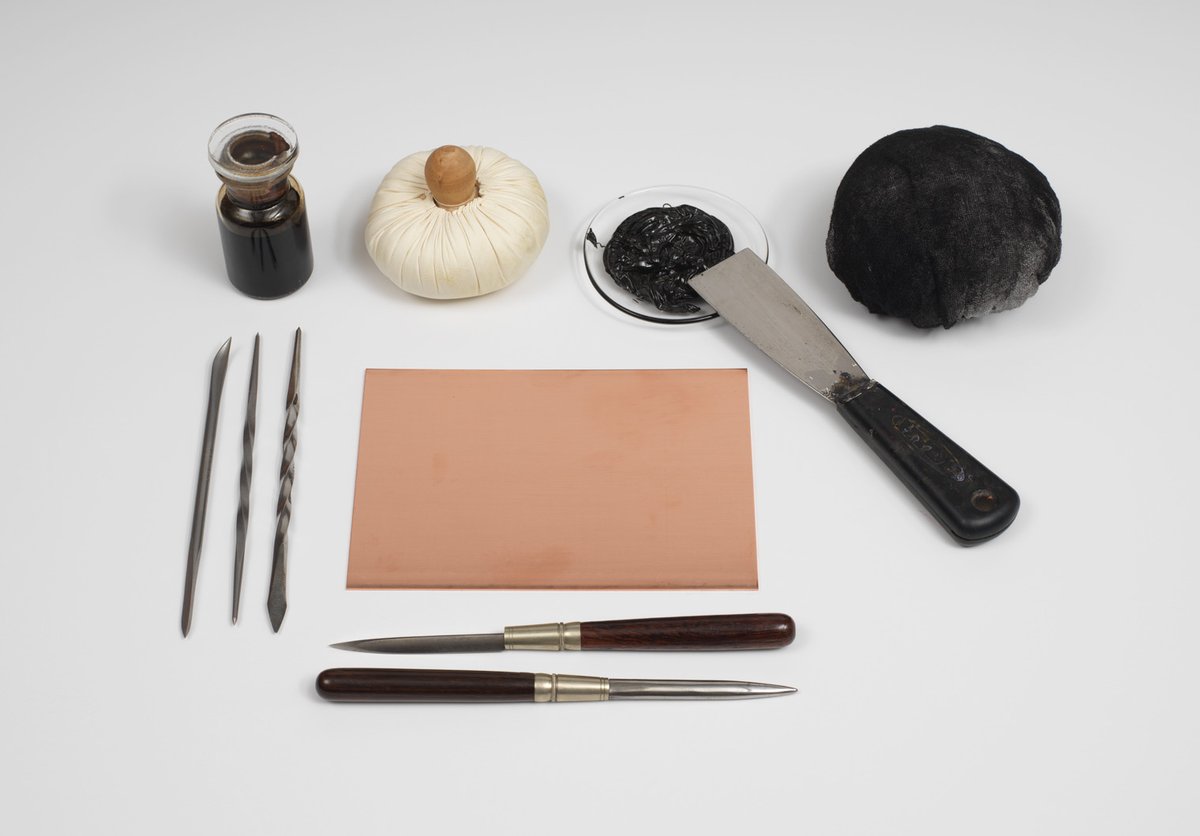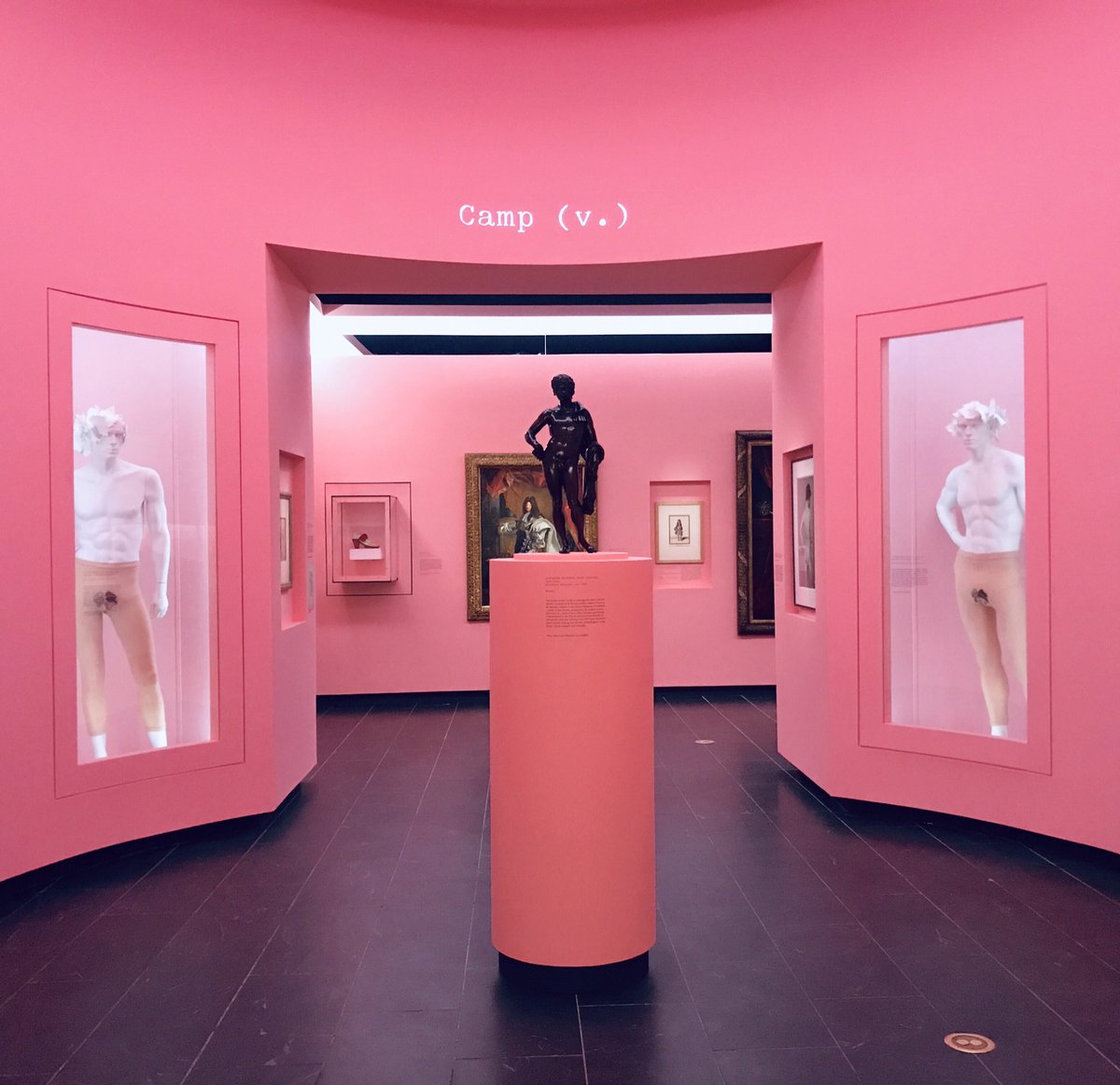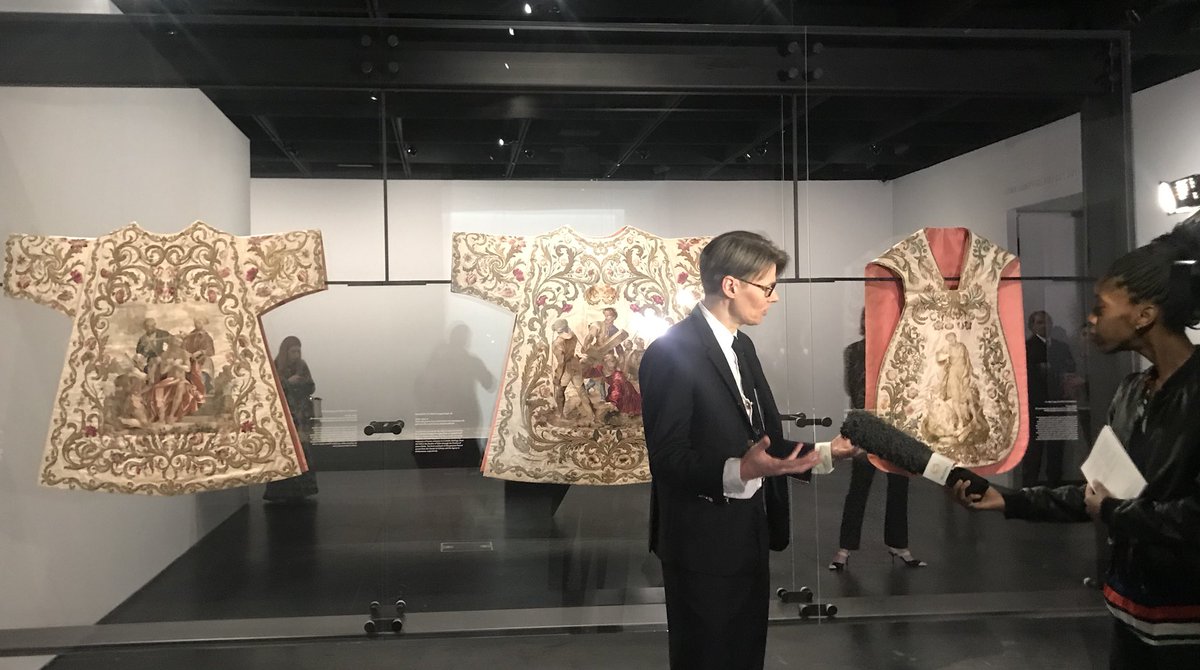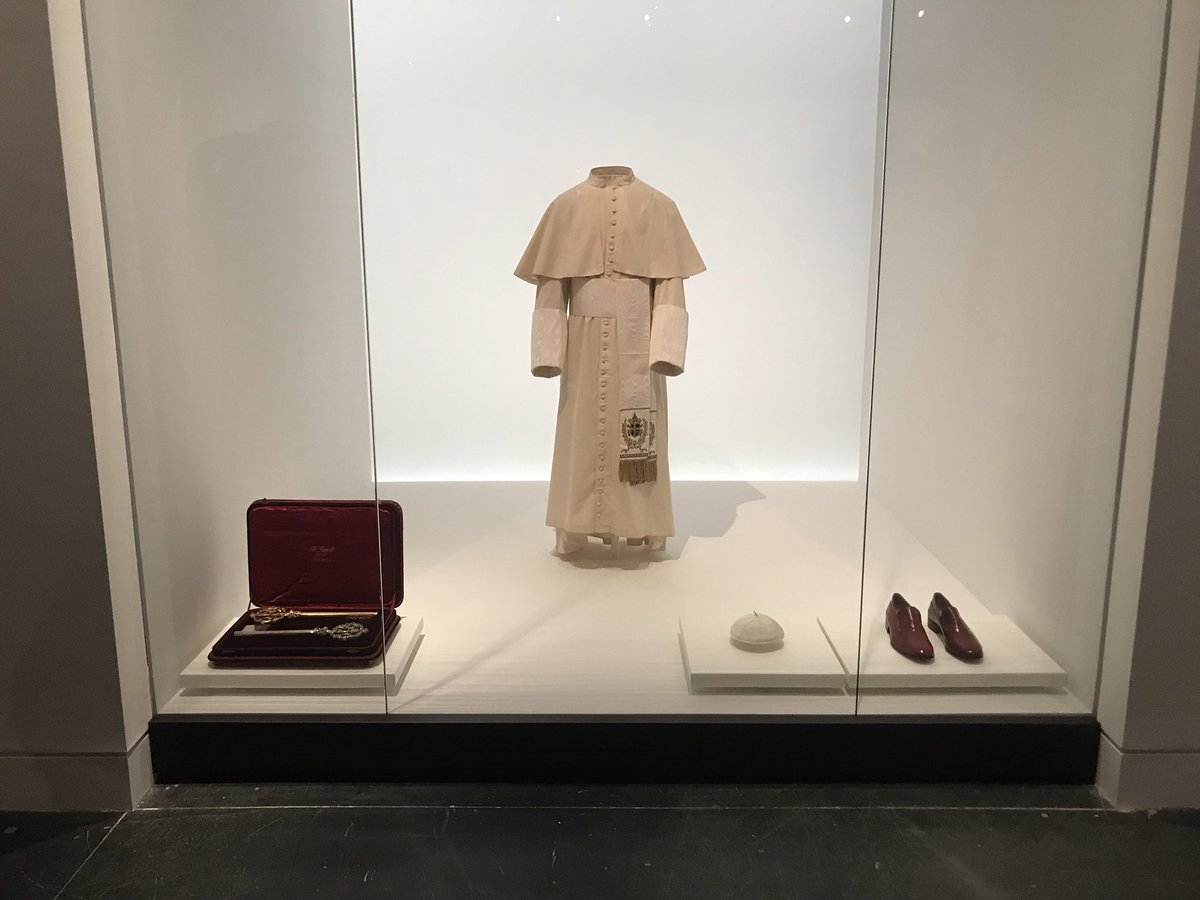
As part of our #MetAccess program, every month we invite Disabled and Deaf artists to respond to works in The Met's collection that spark their curiosity or inspiration.
This month, Panteha Abareshi shares her thoughts on this series of four studies done by Rodin:
This month, Panteha Abareshi shares her thoughts on this series of four studies done by Rodin:

"The idealized corporeal form is whole, unblemished and unbroken, and this ideal creates an othering space in which the sick and/or disabled body must exist, as the sick/disabled body is reduced to only its most malfunctioning parts." 1/5
"I am incessantly thinking about the body as assemblage, often haphazard and always imperfect. I have never had the ability to examine my body as a whole or to find any unity between its disjointed parts." 2/5
"I have both a great fascination and a grounding solace in knowing the body to be a mess of pieces. To deconstruct this ideal, to reveal the body to be a mere collection of imperfect fragments is to de-stigmatize malfunction, and to normalize the corporeal assemblage." 3/5
"The four studies of the leg and foot done by Rodin embody the notion of body-part as an imperfect fragment and are captivating to me in their gestural nature." 4/5
"They are a repeated attempt to define the ‘leg,” and yet the subject itself becomes beautifully abstracted through its fabrication—a striking instance of representation collapsing the real." 5/5
Learn more about Panteha's work → panteha.com
Learn more about Panteha's work → panteha.com

• • •
Missing some Tweet in this thread? You can try to
force a refresh










